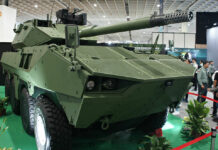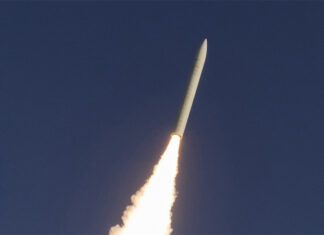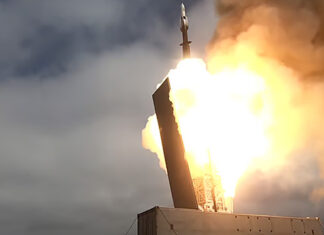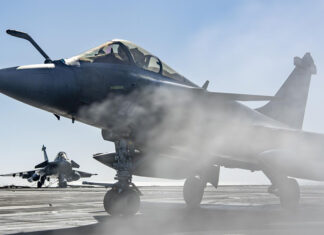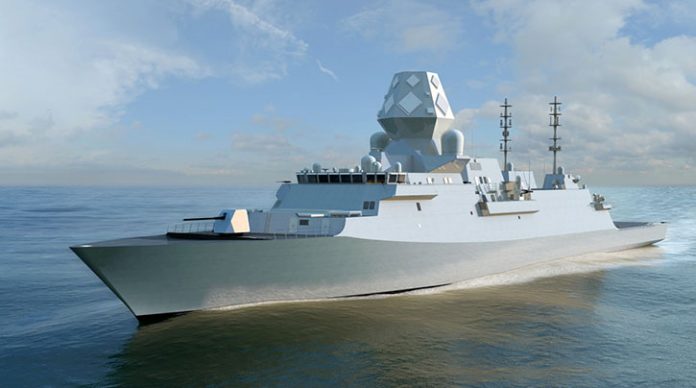
A 150 meter long, and 8,800 tons displacement the Hunter class frigates will be operated by a crew of 180 personnel. The Future Frigates will replace the eight ANZAC class frigates currently in service. The ANZAC’s entered service in 1996 and are expected to be maintained until the 2040s, when the youngest ship, HMAS Perth, will have been in service for more than 35 years.
The Hunter Class frigates will be built by ASC Shipbuilding at the Osborne Naval Shipyard. ASC Shipbuilding, currently wholly owned by the Commonwealth, will become a subsidiary of BAE Systems during the build.
Hull designed for low acoustic signature, combined with advanced sonar systems and the MH-60R combat helicopter results in a highly capable antisubmarine platform. The flexible mission bay provides the capacity to embark containerized stores, unmanned boats and an additional helicopter. For its anti-submarine role, the vessel will use an Ultra S2150 hull-mounted sonar, The S2087 Towed Array and Variable Depth Sonar system from Thales. Its primary anti-submarine weapon is the MU90 Torpedo that also provides a limited anti-torpedo (hard kill) capability.
The vessel will use a version of the U.S. Aegis for its combat management system, integrated with Australian built CEA CEAFAR2 phased array radar along with networked and highly capable in electronic warfare, the integration will be done by Lockheed Martin and Saab Australia. The combat system combines the ship’s navigation systems, internal and external communications systems, and various sensors and weapons capabilities with an associated computer network, integrated by the combat management system. Integration between the combat management system and the sensors and weapons of the vessel allows for the greatest capability that can be derived from the system. The CMS will incorporate the latest U.S. Navy Cooperative Engagement Capability (CEC) protocols, enabling the Australian Navy to improve network-centric warfare capability with U.S. forces operating in the region.
A Mk45 Mod4 127mm gun, 30 mm close-in weapon systems, and anti-ship missiles will provide the primary offensive system, able to support surface warfare and amphibious operations. The defensive systems will rely on the Mk41 Vertical Launch System (VLS) loaded with Standard Missile II (SM-2) and Evolved Sea Sparrow Missiles (ESSM), and short-range guns and close in weapons systems will enable self-defense and counter-air capabilities. As with other Australian naval vessels, the Nulka missile decoy system will also be integrated on board.
The frigate will be powered by a Combined Diesel Electric or Gas (CODLOG), using a single Rolls Royce MT30 Gas Turbine and two electric motors driving fixed pitch propellers, accelerating the ship to 27 knots top speed. At a cruising speed, the ship will have a range more than 7000 nautical. Electrical power is supplied by four MTU Diesel Generators.



